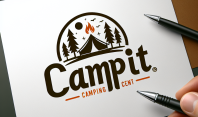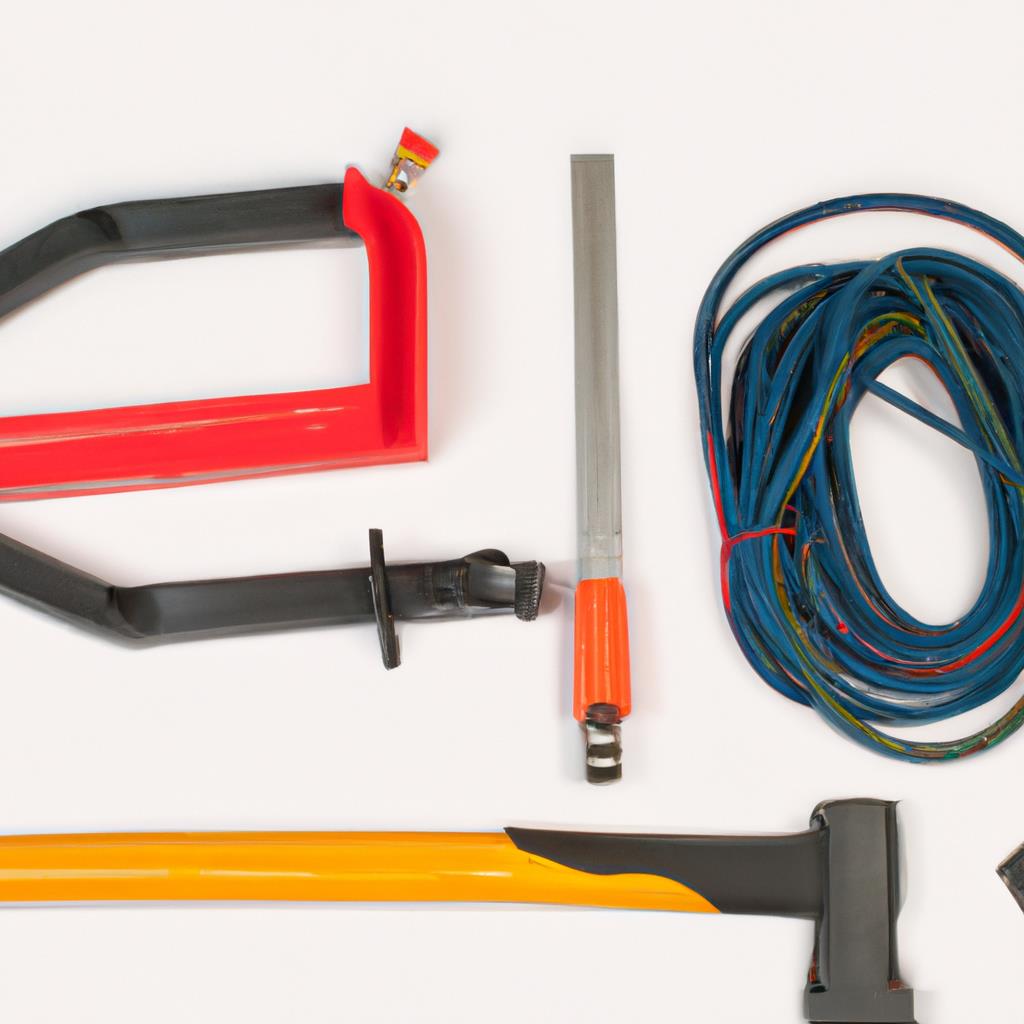Campsite maintenance is an essential aspect of running a successful tenting and camping site. Keeping the area clean, safe, and well-maintained not only ensures the comfort and satisfaction of campers but also helps to preserve the natural beauty of the surroundings. Here are some top tools and techniques for campsite maintenance that can help ensure your site remains in top condition:
1. Regular cleanup: One of the most important aspects of campsite maintenance is regular cleanup. This includes picking up litter, clearing away fallen branches and debris, and maintaining clean restroom facilities. A clean campsite not only looks better but also helps prevent accidents and keep wildlife away.
2. Use a leaf blower: A leaf blower can be a handy tool for quickly clearing away leaves, grass clippings, and other debris from campsites and walking paths. It can save time and effort compared to using a rake or broom, especially in large campgrounds.
3. Repair picnic tables and fire pits: Picnic tables and fire pits are essential features of many campsites. Regularly inspect these amenities for wear and tear and make any necessary repairs or replacements. This can help prevent accidents and ensure the safety and comfort of campers.
4. Trim vegetation: Overgrown vegetation can not only look unsightly but also pose a fire hazard. Regularly trim grass, shrubs, and trees around campsites to prevent the spread of wildfires and maintain a neat appearance.
5. Inspect and maintain trails: Many campgrounds offer hiking trails for campers to explore. Regularly inspect and maintain these trails by removing fallen trees and branches, filling in eroded areas, and marking the trails with signs. This can enhance the camping experience for visitors and ensure their safety.
6. Check water sources: If your campsite offers access to water sources such as rivers, lakes, or wells, it is important to regularly check the quality of the water and ensure that it is safe for drinking. Maintain any pumps or filtration systems to prevent contamination and ensure that campers have access to clean water.
7. Pest control: Insects, rodents, and other pests can be a nuisance for campers and can also pose health risks. Implement a pest control program to keep pests at bay, including using traps, repellents, and regularly emptying garbage bins to prevent infestations.
8. Monitor and maintain facilities: Restroom facilities, showers, and other amenities are essential for the comfort of campers. Regularly monitor these facilities for cleanliness and functionality, and make any necessary repairs or upgrades to ensure that they meet the needs of campers.
9. Educate campers: A key aspect of campsite maintenance is educating campers about the importance of keeping the site clean and respecting the environment. Provide information about proper waste disposal, wildlife safety, and fire prevention to help campers understand their role in preserving the beauty of the campsite.
10. Use eco-friendly practices: When maintaining a campsite, it is important to use eco-friendly practices to minimize the impact on the environment. Use biodegradable cleaning products, promote recycling and composting, and implement water conservation measures to preserve natural resources and reduce waste.
Overall, proper campsite maintenance is essential for ensuring the satisfaction and safety of campers and preserving the natural beauty of the surroundings. By using the top tools and techniques outlined above, campground owners can create a clean, safe, and enjoyable experience for visitors while also protecting the environment for future generations to enjoy.


leave a comment